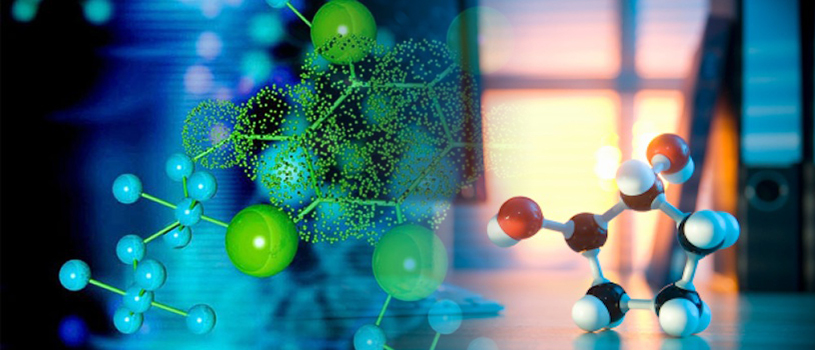
Netherland's team of researchers developed a light sensor more sensitive than anything built before.

The structure, an interlocking form of graphite and diamond, has unique properties that could one day be used to develop super-fast charging or new types of electronics, researchers say.

U.S. physicists has successfully developed a circuit capable of capturing graphene's thermal motion and converting it into an electrical current. This could provide clean, limitless, low-voltage power for small devices.

A team of U.S. scientists has observed a new state of matter at the interface between two oxide materials. The discovery shows electrons can bind together in ways similar to how quarks combine to form neutrons and protons.

Scientists have designed a first-of-its-kind 3D-printed device that can produce electricity from falling snow. The device designed by U.S. researchers is inexpensive, small, thin and flexible like a sheet of plastic.

U.S. researchers have discovered that a high-strength polymer called "PBDT" has a rare double helix structure, opening possibilities for use in a variety of applications, for instance lightweight aerospace materials.

Organic electronics are set to become more important, they provide the basis for flexible solar cells for example or future electronic paper. A new breakthrough doubles the power.

UK researchers have become the first in the world to develop technology which can bend sound waves around an obstacle and levitate an object above it.

Scientists have engineered a molecular soft cocrystalline structure that bends and twists reversibly and without disintegration. Such crystal it a robust candidate for advanced molecular electronics and other new materials.

Engineers have manufactured a flexible, optically rewritable liquid crystal display that is about as thin as a piece of paper. The flexible display technology could be a breakthrough in printed media.

Researchers have achieved a breakthrough, inventing a stretchy new material modeled after both squid skin and Hollywood dinosaurs with a property to disappear.

Researchers have designed a new lithium-air battery that works in a natural-air environment and still functioned after a record-breaking 750 charge/discharge cycles.

Researchers have produced a 'human scale' demonstration of a new phase of matter called quadrupole topological insulators that was recently predicted using theoretical physics.

Researchers took a cue from the electric eel to create a soft, foldable battery that could one day power devices.

Researchers have developed the world's first complementary electrochemical logic circuits that can function stably for long periods in water.